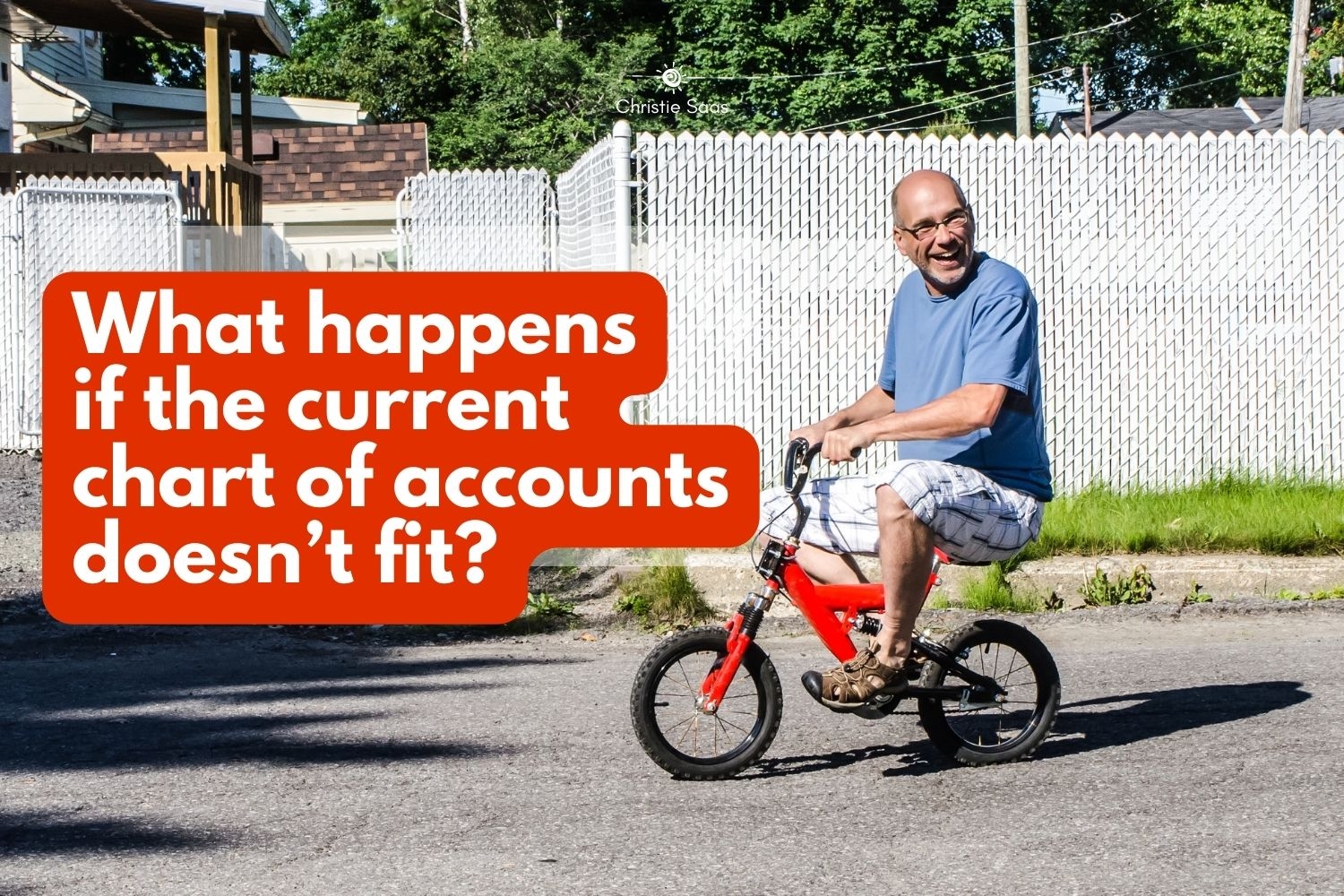3 steps to keep a non-profit chart of accounts simple...

A chart of accounts is a numbering system to organize a non-profit’s financial transactions. You can compare a chart of accounts to the Dewey Decimal System at your local library, where different groups of books have different number codes. In a non-profit, revenues have different number codes and expense have different number codes. Those number codes make up the non-profit’s chart of accounts.
Start small, expand later.
In the early days, the chart of accounts is simple, and easy to understand, with number codes that are shorter, because fewer categories are needed. As a non-profit gets a little older, funding sources might increase, programs and services change, employees are added, and suddenly that simple chart of accounts, if not well-organized, can become crowded and messy.
There are three steps an executive director can take to keep a non-profit chart of accounts simple, but also allow room to grow.
Focus on day-to-day operations first.
An executive director will work with their accountant/auditor at the end of the year on the full picture of assets, liabilities, etc. But for day-to-day operations, it is critical for executive directors to set-up, and become comfortable using, a chart of accounts to organize the revenues and expenses.
Name categories to mirror the strategic/operational plans.
I like to name my chart of accounts to mirror the categories of the strategic/operational plans. This mirroring makes it easier for readers of budget reports to understand which program revenues and expenses belong to each strategic goal. It also makes it faster to prepare a budget report because there is no need to waste time sorting through expenses that were all clumped together.
Use a numbering system with room to grow.
A chart of accounts can be quite complex in larger organizations. Some use 5,6, or even 9-digit number codes. That is completely unnecessary for a smaller non-profit, that might choose 3 or 4-digit codes.
Keep the chart of accounts simple. Strive to have enough room to add number codes within a category as it grows, but not so much room that account codes are long and cumbersome. You can always expand to longer number codes if needed.
Build a chart of accounts to make the job easier.
A well-organized chart of accounts will ensure a non-profit’s financial transactions are easy to understand, and individual entries are easy to find. An executive director will be better able to demonstrate they are meeting the strategic goals if revenues and expenses are easy to attribute to strategic goal categories. Budget reports will be much faster to prepare when there is a clear organizational system in place.
Not sure how to get started? Follow these steps...
Have a look at your chart of accounts? Is it easy to understand which expenses and revenues are attributed to each strategic goal? If not, it might be time to develop a new chart of accounts. Draw out a chart of accounts map that mirrors the categories from the strategic/operational plans. Then talk to your auditor about the best way to begin using the new codes.
If you decide to introduce new codes, don’t change old codes. Changing old codes can cause problems for year-to-year comparisons. Instead, start with a brand-new chart of accounts, perhaps with an extra digit, and build from there. Having help from an auditor or professional bookkeeper, is very helpful.
What questions do you have?
A chart of accounts can be a great way to organize a non-profit’s financial transactions. Did I provide the details you were looking for? If you have questions, I want to know! Please use the form on the right side of the page to let me know.
-Christie
…
Hi, I'm Christie. I help executive directors develop the systems and processes needed to run a non-profit.
I learned early in my career, there is no non-profit school. Browsing the internet for resources from big-city experts doesn’t provide practical solutions to balance the budget, write a work plan, or conduct an employee evaluation. Leadership development tips don’t really resonate when you are also taking out the recycling and cleaning the washroom.
I created ChristieSaas.com so non-profit leaders never need to wonder how to do the job – no matter how big or small that job is.
I have been the executive director of small-team, small-budget, non-profits for 20+ years. My experience isn’t theory. It is the real, operational, and practical solutions I use every day.
I love my work and I want to help you love yours too.
© Christie Saas 2023 All Rights Reserved
…
Want to learn more?
Start with one of my free resources.


